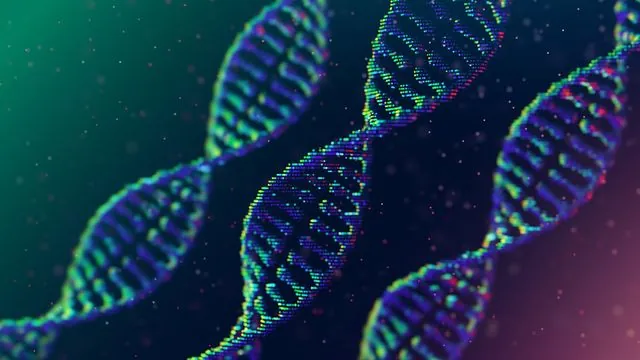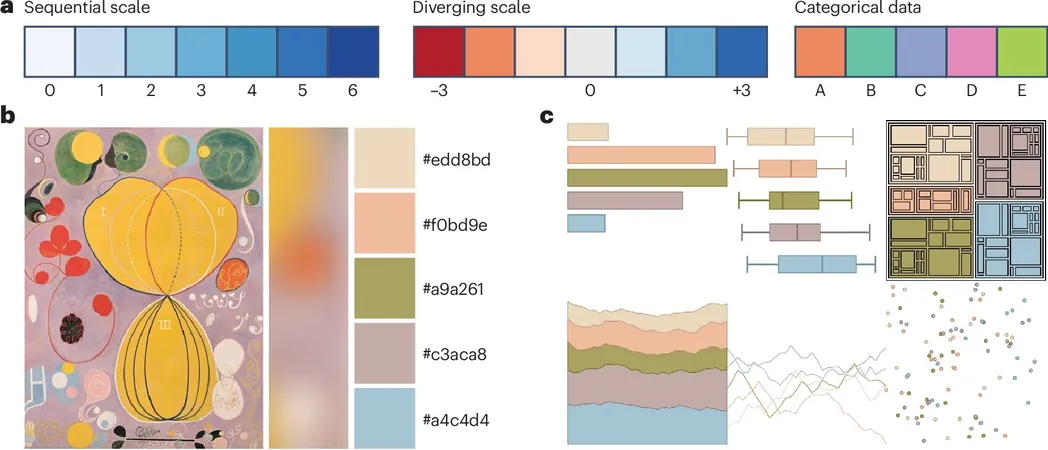
Breakthrough in CRISPR Technology: New Bacterial Defense Mechanism Discovered
2025-05-19
Author: Li
A Stunning Discovery in Bacterial Defense
In a groundbreaking revelation, scientists have unveiled a sophisticated defensive strategy employed by bacteria to combat viral invaders. While CRISPR-Cas9 is widely recognized for its role in genetic editing, recent studies are showcasing a lesser-known aspect of CRISPR systems: the CARF effectors.
What Are CARF Effectors?
At Rockefeller University and MSKCC, researchers led by Luciano Marraffini and Dinshaw Patel are focused on these intriguing molecules. They recently identified a new CARF effector named Cat1, which plays a pivotal role in halting viral replication.
How Cat1 Works to Stop Viruses
Published in the esteemed journal Science, the researchers revealed that Cat1 possesses a complex molecular structure, allowing it to interfere with essential cellular processes by depleting a crucial metabolite called NAD+. By cutting off this 'fuel,' Cat1 effectively freezes the cell's growth, thwarting the virus's spread.
The Diverse Arsenal of CRISPR Defense
CRISPR serves as a bacterial immune system, defending against phages—viruses that infect bacteria. While traditional CRISPR action involves cutting foreign genetic material, new research suggests that these systems incorporate a diverse range of mechanisms to fend off threats. The combined efforts of Marraffini’s and Patel’s labs shed light on this impressive arsenal.
The Science Behind Cat1's Unique Structure
Using advanced structural analysis techniques, researchers uncovered that Cat1 organizes itself into long filaments upon viral attack. These filaments trap NAD+ metabolites, ensuring that the virus cannot continue its replication cycle. Furthermore, Cat1 operates independently, which is unusual as most type III CRISPR systems involve multiple factors.
Questions for Future Research
Marraffini emphasizes that while the effectiveness of CARF effectors in combating viral infections has been established, many questions remain. Understanding the intricate details of how these mechanisms function could unveil new paths in biotechnology and medicine.
A New Era in Anti-Viral Strategies?
This discovery could revolutionize our approach to viral infections and genetic engineering, opening doors to innovative treatments and technologies. As research continues, the implications of Cat1 and similar CARF effectors may reshape our understanding of both microbial immunity and the potential for advanced therapeutic interventions.



 Brasil (PT)
Brasil (PT)
 Canada (EN)
Canada (EN)
 Chile (ES)
Chile (ES)
 Česko (CS)
Česko (CS)
 대한민국 (KO)
대한민국 (KO)
 España (ES)
España (ES)
 France (FR)
France (FR)
 Hong Kong (EN)
Hong Kong (EN)
 Italia (IT)
Italia (IT)
 日本 (JA)
日本 (JA)
 Magyarország (HU)
Magyarország (HU)
 Norge (NO)
Norge (NO)
 Polska (PL)
Polska (PL)
 Schweiz (DE)
Schweiz (DE)
 Singapore (EN)
Singapore (EN)
 Sverige (SV)
Sverige (SV)
 Suomi (FI)
Suomi (FI)
 Türkiye (TR)
Türkiye (TR)
 الإمارات العربية المتحدة (AR)
الإمارات العربية المتحدة (AR)